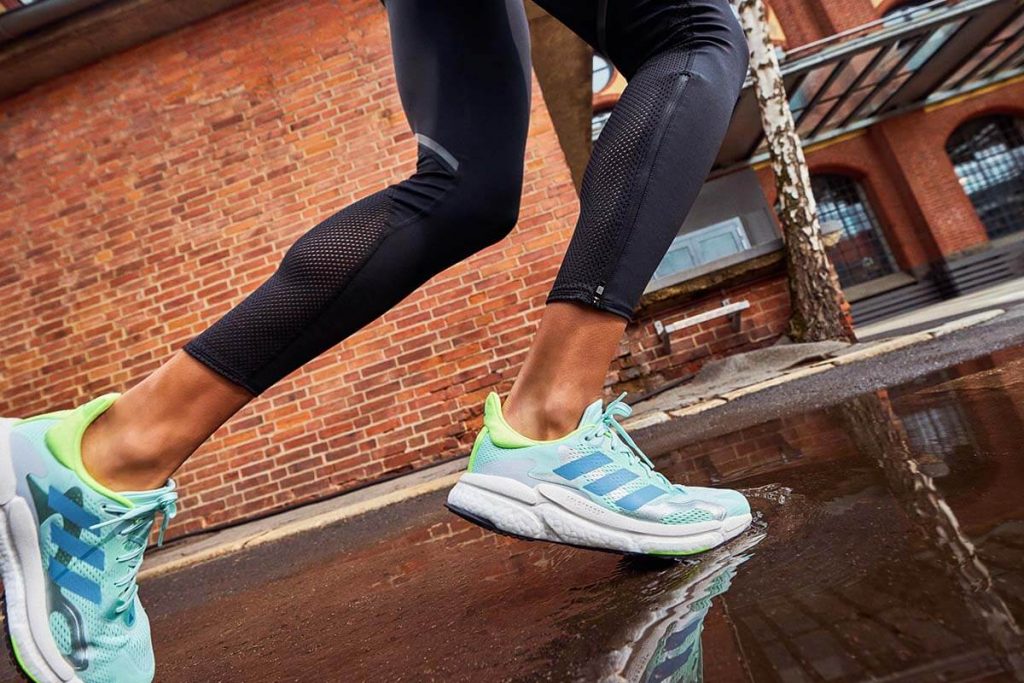What if we told you that you could burn calories while sitting on your couch? Well, you can!
Table of Contents
What is the Afterburn Effect?
First things first, what is the afterburn effect in general? The afterburn effect is simply additional energy expenditure that occurs after training. Meaning that if you train strategically, you can burn even more calories after you have already completed your workout, like running.
How it works: The impact for runners
The technical term is “excess post-exercise oxygen consumption,” or EPOC, which gives you a hint to what’s going on. After running, your body must put checkmarks next to a couple of things to recover and return to a resting state:
✔ replenishment of ATP, creatine and oxygen stores
✔ removal of lactic acid
✔reparation of the muscles and much more
Important:
All these processes require oxygen, which is why oxygen consumption rises after exercise. This requires extra energy; therefore, additional calories will be burned on top of those you have already torched during your workout.
Training intensity is key
The training intensity is crucial when it comes to EPOC:
- HIIT training is the best way to benefit from the running afterburn effect.
- Additionally, tempo runs, fartleks, and interval workouts are excellent ways of creating a running afterburn effect.
Especially for runners, HIIT-style exercise performed regularly (1-3 x per week, depending on your fitness level) makes you faster and stronger. Of course, a steady run also burns calories, but the running afterburn effect isn’t as significant as it would be after a HIIT or interval training, for example. Also, it must be mentioned that consuming the proper fuel before you train (i.e., a protein shake with a banana) will help you last longer and give it your all during intense exercise.
What about strength training?
We recommend a well-balanced combination of both running and strength training for the best training results.
You can perform HIIT and interval training with bodyweight exercises like lunges, dips, or push-ups and gain the benefits of EPOC as well. However, the increase in muscle tissue and decrease in fat tissue accompanying regular strength training deserve more attention. Increasing your muscle mass is going to boost your metabolism and improve your BMR (the number of calories your body burns at rest).
Good to know:
The more muscle mass you have, the more calories you’ll burn. Why? Because muscle mass is metabolically active. That means that it burns more calories at rest than body fat.
Conclusion: Running afterburn effect – how significant is it?
So, is the running afterburn effect a noteworthy phenomenon? Yes. But the reality is that the calories burned during exercise are the most important factor in fat loss and are always higher than the calories burned after your workout. Of course, the exact number of calories burned will vary from person to person, but research from the American Council on Exercise (ACE) notes that EPOC can increase calorie burn by 6-15%.
***

